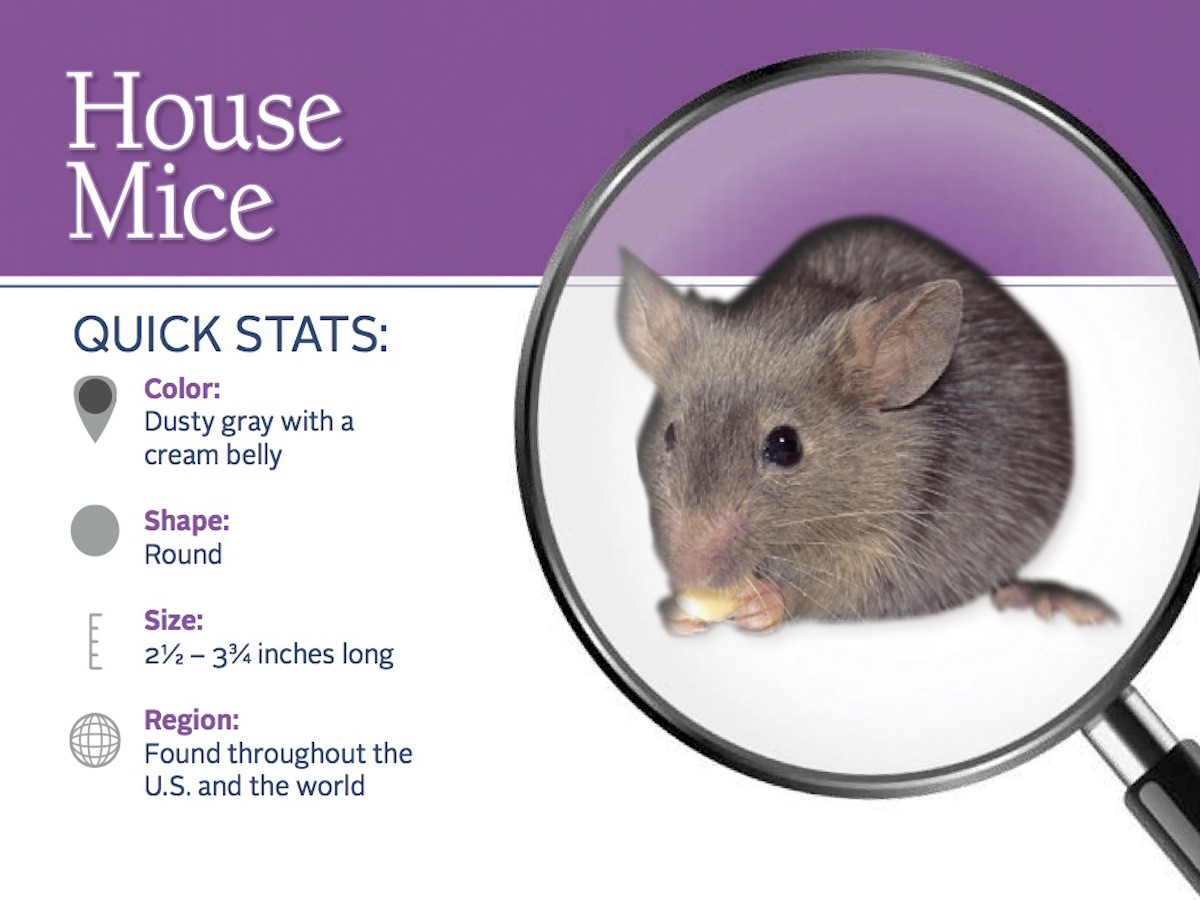Table of Content
When it’s cool to the touch, transfer the carbon to a clean container and rinse it with cool water to remove ash and any remaining debris, then drain the water. If hardwood is not available, you can substitute almost any dense, fibrous plant material, like coconut shells. Once the charcoal has cooled, remove the lid, then remove it from the barrel and transfer it to an airtight container. Alternatively, you can also store it in a large plastic bag, pre-used charcoal sacks, or paper sacks. Charcoal in its natural form, as produced in the pit oven or steer kiln, bears little resemblance to the commercial counterpart bagged for sale at the local market.
Empty the small drum into a container and store the charcoal for later use. Cherry wood, oak wood, or hickory wood chopped into 4-inch pieces is ideal. Pack the drum tightly, then put the lid on top, cracked so moisture can come out. We also have a topic about how to make activated charcoal. Pack the pieces of wood into the smaller drum to the top, leaving fewer airspaces as possible. Using a metal jigsaw or any other appropriate tool, cut a 12-inch by 20-inch area near the base of the drum.
How do you turn coal into charcoal?
As with any debate, you should make sure you know the difference between lump charcoal and briquettes before choosing aside. You can use homemade charcoal just like store-bought charcoal. You can also make your lumps of charcoal larger or smaller if you prefer it. Simply use a charcoal chimney or lighter fluid to ignite it and carry on barbequing your delicious food. In addition to this, one batch of homemade charcoal produces a good quantity that will last you quite a while. The biggest drawback of homemade charcoal is it won’t burn as long as store-bought charcoal.
Accomplished welders can create kilns with separate fireboxes that function like large wood-fired cookstoves. An airtight oven is built above a firebox, and the heat converts the wood in the oven completely to charcoal. More information about making the more efficient—and more complex—steel or brick kilns is available online. It is a porous, black solid with a high carbon content.
Drill Holes In The Bottom Of The Smaller Drum
Sawdust briquettes are produced with a circular hole in the middle along with a hexagonal intersection. Charcoal has different levels of oxygen, hydrogen, ash, and other pollutants that work in tandem with the stricture to define the charcoal’s quality. Furthermore, even though this method may have seemed like the best option back then, this process takes about 5 days to complete. In a modern world, life moves too fast to wait 5 days for charcoal.

Finally, the bamboo can cool down and depend on the weather; it can take five to eight days in large quantities. Alcohol, tar, vinegar, medicinal fluid , and many other products can be extracted during the above process. According to those facts, this article will describe how to make charcoal step by step guide at home.
Smoked Baby Back Ribs on a Pellet Grill (Better than 3-2-
If the mixture is consistent with the paste, stop adding the solution. Begin by breaking your bamboo stalks into your burning area. After the wood has become charcoal, you must remove it from the pit and pile it into the ground. Top them, like an old grill, and pour the sand on the bottom to make the lid airtight. When it comes to carbon emissions, charcoal grilling has a carbon footprint that is roughly three times that of LPG grilling.
Nevertheless, homemade charcoal allows you to know exactly what was used to produce it rather than reading additives on the back of the package that you can barely pronounce. In addition to this, briquettes may also contain brown coal, mineral carbon, borax, sodium nitrate, limestone, raw sawdust, and other additives. Ultimately the quality of the charcoal depends heavily on the wood that is being charred. In addition to this, temperature also plays an important role. This process is performed in an environment with little oxygen to remove all of the moisture and impurities.
Quality charcoal consists large of carbon and is free of destructive compounds. When the pyrolysis process is complete, the chimney is cored to keep air from penetrating the chimney. The logs are then allowed to burn slowly until they morph into charcoal. Though you could run to the store and purchase a sack of charcoal, why not make your own.

These additives are ingredients used to prolong the burning process. It is easy to make charcoal at home, and because of its high heat content, efficient to use and transport. Just add a match to crumpled paper or other light kindling under the charcoal, and spend a few seconds blowing the embers. When the paper burns away, the fire is smokeless , and it will never betray a camping site. It retains the shape of its original wood source, whether coconut husks or pine branches. Charcoal made from different species of wood varies in density, but chemically, it’s identical .
Load the pencils vertically in a 1-gallon paint can, fitting about 200 pencils per can. Charcoal can be used for a number of other applications besides barbeque. Tape together the gas mask and use it when necessary.

Start a fire on the hardwood and cover it with a metal or iron material. Leave very little perforation, vent, or opening to enable the admittance of very little air, this makes the burning process very slow and without fire or flames. This burning process might take a couple of days to complete. Charcoal may be activated to increase its effectiveness as a filter. Activated charcoal readily adsorbs a wide range of organic compounds dissolved or suspended in gases and liquids. In certain industrial processes, such as the purification of sucrose from cane sugar, impurities cause an undesirable color, which can be removed with activated charcoal.




